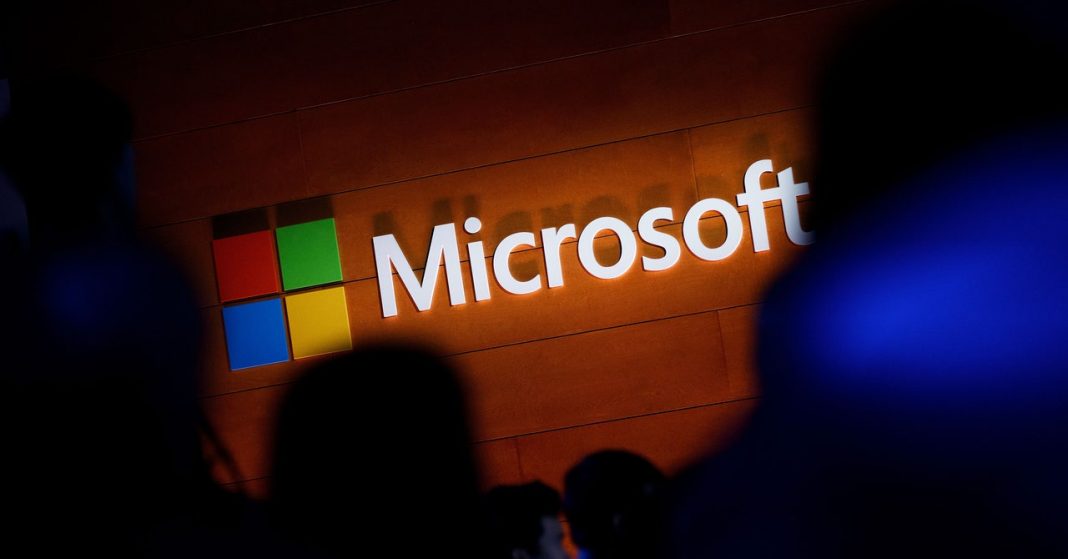But exactly how such a sensitive key, allowing such broad access, could be stolen in the first place remains unknown. WIRED contacted Microsoft, but the company declined to comment further.
In the absence of more details from Microsoft, one theory of how the theft occurred is that the token-signing key wasn’t in fact stolen from Microsoft at all, according to Tal Skverer, who leads research at the security Astrix, which earlier this year uncovered a token security issue in Google’s cloud. In older setups of Outlook, the service is hosted and managed on a server owned by the customer rather than in Microsoft’s cloud. That might have allowed the hackers to steal the key from one of these “on-premises” setups on a customer’s network.
Then, Skverer suggests, hackers might have been able to exploit the bug that allowed the key to sign enterprise tokens to gain access to an Outlook cloud instance shared by all the 25 organizations hit by the attack. “My best guess is that they started from a single server that belonged to one of these organizations,” says Skverer, “and made the jump to the cloud by abusing this validation error, and then they got access to more organizations that are sharing the same cloud Outlook instance.”
But that theory doesn’t explain why an on-premises server for a Microsoft service inside an enterprise network would be using a key that Microsoft describes as intended for signing consumer account tokens. It also doesn’t explain why so many organizations, including US government agencies, would all be sharing one Outlook cloud instance.
Another theory, and a far more troubling one, is that the token-signing key used by the hackers was stolen from Microsoft’s own network, obtained by tricking the company into issuing a new key to the hackers, or even somehow reproduced by exploiting mistakes in the cryptographic process that created it. In combination with the token validation bug Microsoft describes, that may mean it could have been used to sign tokens for any Outlook cloud account, consumer or enterprise—a skeleton key for a large swath, or even all, of Microsoft’s cloud.
The well-known web security researcher Robert “RSnake” Hansen says he read the line in Microsoft’s post about improving the security of “key management systems” to suggest that Microsoft’s “certificate authority”—its own system for generating the keys for cryptographically signing tokens—was somehow hacked by the Chinese spies. “It’s very likely there was either a flaw in the infrastructure or configuration of Microsoft’s certificate authority that led an existing certificate to be compromised or a new certificate to be created,” Hansen says.
If the hackers did in fact steal a signing key that could be used to forge tokens broadly across consumer accounts—and, thanks to Microsoft’s token validation issue, on enterprise accounts, too—the number of victims could be far greater than 25 organizations Microsoft has publicly accounted for, warns Williams.
To identify enterprise victims, Microsoft could look for which of their tokens had been signed with a consumer-grade key. But that key could have been used to generate consumer-grade tokens, too, which might be far harder to spot given that the tokens might have been signed with the expected key. “On the consumer side, how would you know?” Williams asks. “Microsoft hasn’t discussed that, and I think there’s a lot more transparency that we should expect.”
Microsoft’s latest Chinese spying revelation isn’t the first time state-sponsored hackers have exploited tokens to breach targets or spread their access. The Russian hackers who carried out the notorious Solar Winds supply chain attack also stole Microsoft Outlook tokens from victims’ machines that could be used elsewhere on the network to maintain and expand their reach into sensitive systems.
For IT administrators, those incidents—and particularly this latest one—suggest some of the real-world trade-offs of migrating to the cloud. Microsoft, and most of the cybersecurity industry, has for years recommended the move to cloud-based systems to put security in the hands of tech giants rather than smaller companies. But centralized systems can have their own vulnerabilities—with potentially massive consequences.
“You’re handing over the keys to the kingdom to Microsoft,” says Williams. “If your organization is not comfortable with that now, you don’t have good options.”
